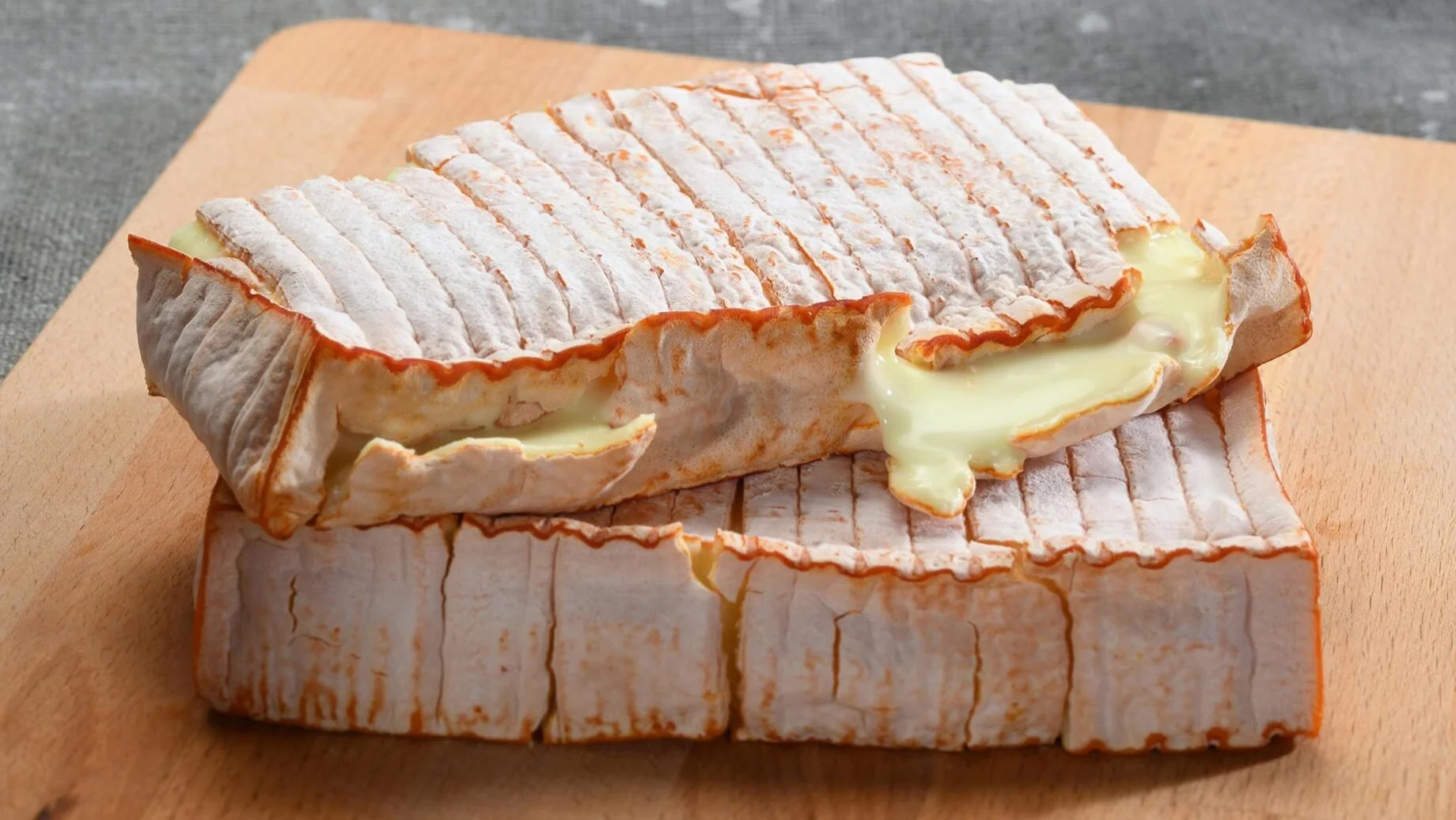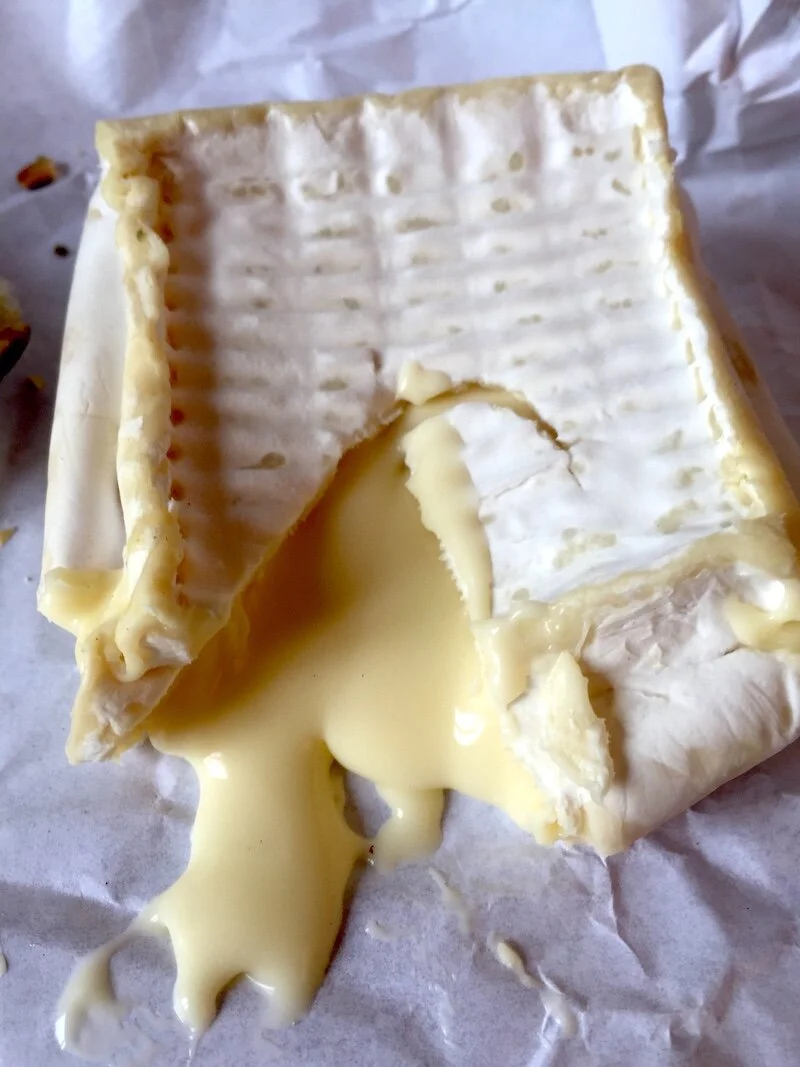Photo: guffantiformaggi.com
World Cheese Encyclopaedia - Each Sunday learn all about a new cheese.
This week Bastardo del Grappa from Italy.
Photo: thecheeseguy.com
Country: Italy 🇮🇹
Region: Veneto
Made from: Cow’s milk
Pasteurised: Yes
Texture: Soft and crumbly
Taste: Intense, pleasant and never spicy
Certification: PAT - Prodotto agroalimentare tradizionale
Aging: 60 – 180 days
Bastardo del Grappa is a traditional cheese produced in the foothills of Monte Grappa massif and in the provinces of Treviso, Belluno, and Vicenza, in Italy. Bastardo del Grappa is a certified PAT cheese qualifying it as a genuine Italian product.
In the mountains of the Grappa region of Northeastern Italy where Bastardo Del Grappa is made, the cows graze on grassy pastures year round. It is produced in the numerous mountain dairy huts which can be found at work in the summer in the Grappa area, situated amid pastures, little valleys and extraordinarily beautiful walking paths. The variety of herbs and flowers in the area bring out the flavour of Bastardo as the cheese ages. The cheese is crafted from combined evening and next morning milking. It is a creamy, full flavored cheese, light yellow in color with an uneven rind that is especially flavorful.
Photo: guffantiformaggi.com
After the milk is collected in the morning, it is left to rest overnight in a cool place. The fat is removed in a caldera of copper and the milk mixed, heated to a temperature ranging between 38 to 42 °C (100 to 108 °F), all in constant motion. Rennet is then added, which helps the whey from the cheese to coagulate into a large, soft ball. The procedure continues with the caldera reheated to 40 to 45 °C (104 to 113 °F). The curd is then pressed mildly in wooden molds, and purged for 24 hours.
The cheese is then allowed to rest for 2 to 3 days, during which it takes on a smooth texture. The cheese is salted in brine with about 15 kg of salt per hectoliters of water for a period of 4 to 5 days so that the taste is not altered. The maturation follows in a suitable room for 25 to 120 days, although it can go on for over a year. The weight can vary from 2.5 to 5 kg, the diameter from 25 to 30 cm, and height from 5 to 8 cm. The curing also brings changes to the consistency of the cheese which becomes grainier depending on its maturity.
Bastardo is cylindrical in shape, with slightly convex sides of a height of 5-10cm, diameter of 25-40cm and weight of 4-7 Kg. It is close-textured when fresh and flaky when mature, dark yellow in colour and unevely pitted with holes. The rind is uneven, varying in colour, but usually tending towards deep yellow. It has a marked, full flavour, which intensifies as the cheese matures, and a characteristic aromatic scent, with a strong note of wild herbs. It is a semi-fat table cheese and should be eaten between 60 and 90 days. The taste improves notably as it matures.
Photo: wineshop.it
History
The history of the semi-fat cheese "bastardo" dates back to 800 AD, a time in which it was produced in the pastures of the Veneto region. name derives from the fact that Bastardo is produced when the milk, for chronological or environmental reasons, cannot be made into Morlacco. Murlak, Murlaco, Burlacco or Morlacco were the names used throughout the ages to indicate a cows’ milk cheese produced in the area of the Grappa plateau. Herdsmen and woodsmen, who settled on the Grappa during the period of the republic of Venice, used to make a soft, low-fat, raw milk cheese which took its name from their native region in the Balkans: Morlakia. The milk used to make the cheese came from the Burlina cows, the only autochthonous breed in the Veneto, which today is in serious danger of extinction. These black and white cows are small, hardy and suited to the sparse pasturelands of the Grappa area.
How to enjoy it
Bastardo del Grappa pairs beautifully with Gewurtztraminer or a Red Burgundy. It goes well with renetta apples, pears, or crackers and fresh berries.
Source: Wikipedia, thecheeseguy.com, guffantiformaggi.com, formaggisaporidolomiti.it, wineshop.it
Looking for a different cheese? Search the whole cheese encyclopaedia here.





























